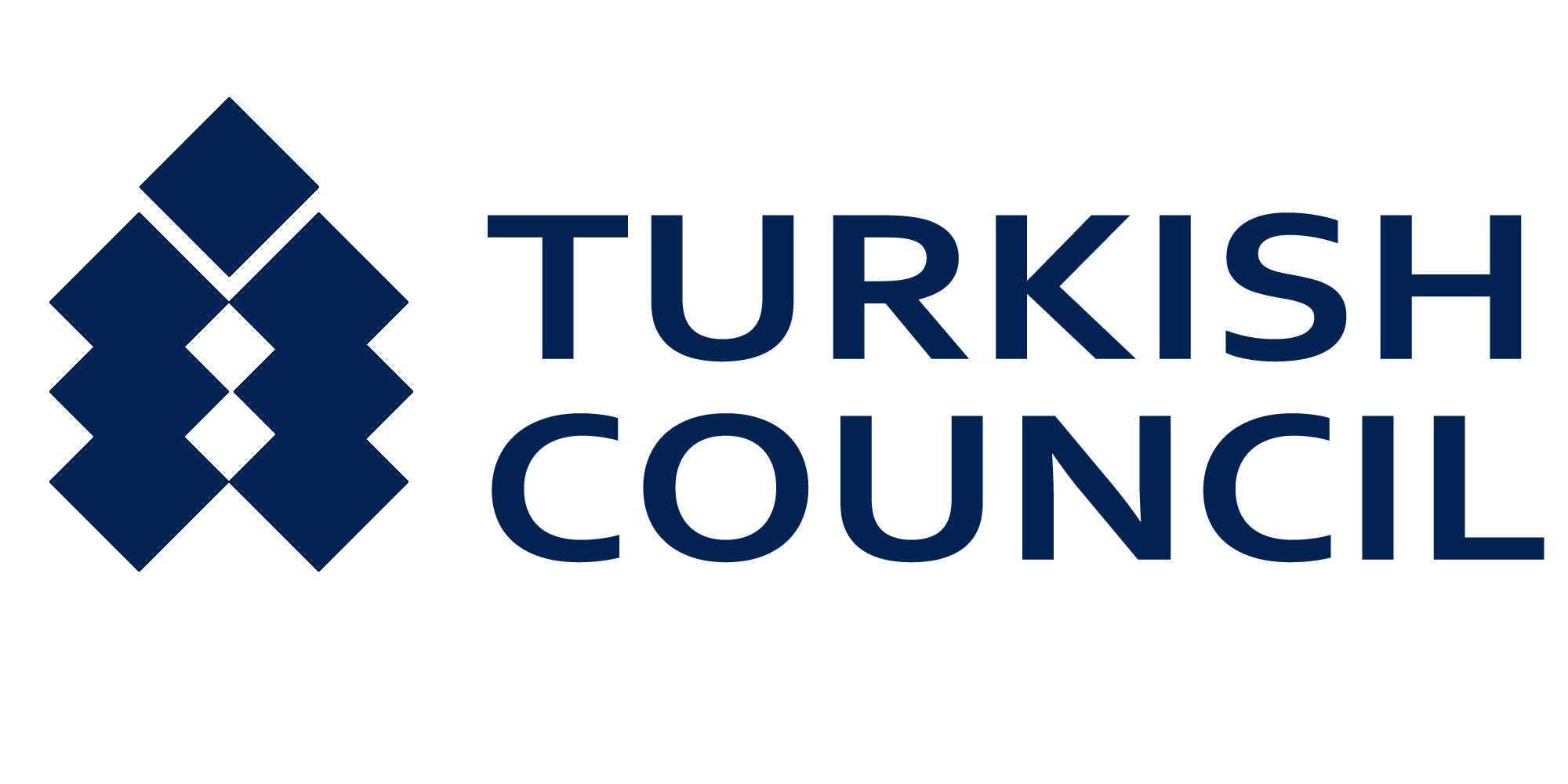Blog
Turkish Language and Social Media
- October 16, 2024
- Posted by: Burak Ünal
- Category: Turkish Language

In today’s interconnected world, social media serves as a powerful tool for language learning, offering real-time interaction and cultural immersion. At Turkish Council, we recognize that mastering the Turkish language extends beyond traditional classroom settings. By leveraging platforms like Instagram, Twitter, and YouTube, learners can gain invaluable insights into colloquial expressions, trending topics, and cultural nuances that textbooks alone cannot provide. Furthermore, social media offers an engaging, versatile medium for practicing reading, writing, and even speaking skills through dynamic content such as videos, memes, and live streams. Our Turkish Language Course for foreigners incorporates these modern tools to create a comprehensive, immersive learning experience that aligns with contemporary communication trends. Discover how social media can enrich your Turkish language journey and provide a gateway to deeper cultural understanding.
Influence of Social Media on Turkish Language Evolution
Social media has significantly influenced the evolution of the Turkish language, introducing new slang, abbreviations, and expressions that reflect contemporary social dynamics. Platforms like Twitter and Instagram have accelerated the spread of these linguistic changes, as users frequently engage in conversations and share content that incorporates trending words and phrases. This constant interaction not only shapes everyday communication but also makes the language more dynamic and adaptive to current cultural contexts. By engaging with Turkish content on social media, learners can stay updated with the latest linguistic trends and better understand how the language is used in real-life scenarios, bridging the gap between formal language education and practical application.
In addition to fostering linguistic evolution, social media platforms provide a fertile ground for understanding regional dialects and diverse speech patterns within Turkey. For example, Instagram stories and YouTube vlogs often highlight the unique ways people from different regions express themselves, giving learners exposure to a variety of accents and local terminology. This aspect of language learning is crucial for developing a well-rounded proficiency, as it equips learners with the ability to comprehend and appreciate the rich linguistic diversity of Turkish. Through engaging with such content, students of our Turkish Language Course can deepen their understanding of cultural nuances and develop a more authentic and inclusive approach to using the language in diverse contexts.
Ultimately, the impact of social media on the Turkish language is a testament to the symbiotic relationship between communication technology and linguistic progress. As platforms continually evolve, they provide innovative avenues for language practice and community building, fostering a vibrant ecosystem where learners can interact with native speakers and fellow students alike. This dynamic learning environment not only reinforces traditional language skills but also nurtures confidence and fluency. By embracing these modern tools, our Turkish Language Course at Turkish Council not only stays relevant but also provides a pragmatic approach to mastering the language. Through the lens of social media, learners gain a holistic understanding of Turkish, allowing them to connect more meaningfully with the culture and people of Turkey.
Challenges of Maintaining Turkish Language Purity in the Digital Age
In the digital age, maintaining the purity of the Turkish language presents unique challenges as social media platforms encourage rapid, informal communication that often prioritizes speed over accuracy. The widespread use of slang, abbreviations, and borrowed foreign terms can dilute the richness of the language and undermine traditional grammar and vocabulary. Additionally, the global nature of social media means that English and other dominant languages exert a strong influence, sometimes leading to a hybridized form of Turkish that may be confusing for learners. At Turkish Council, we emphasize the importance of balancing modern communication trends with a solid understanding of fundamental language principles, helping students navigate the evolving linguistic landscape without compromising their mastery of authentic Turkish.
Another significant challenge is the proliferation of misinformation and poorly translated content on social media, which can mislead learners and propagate incorrect usage of the Turkish language. Given the user-generated nature of platforms, not all content adheres to grammatical standards or accurate vocabulary, making it easy for learners to pick up mistakes. Moreover, the influence of internet celebrities and influencers, who might use a more casual or altered form of Turkish for creativity or engagement, can further complicate the learning process. At Turkish Council, we provide our students with curated, reliable resources and guide them in discerning quality content, ensuring that their exposure to Turkish on social media enhances rather than hinders their language development.
To effectively address these challenges, it is essential for learners to practice selective engagement with content that reinforces correct language use while still offering a glimpse into modern Turkish culture and communication styles. Social media platforms, with their vast arrays of user interactions and content types, can be a double-edged sword. At Turkish Council, we advocate for a balanced approach, encouraging students to actively seek out reputable sources such as educational channels, verified accounts, and curated lists that align with language standards. Our Turkish Language Course for foreigners includes strategies to critically evaluate social media content, enabling students to separate the wheat from the chaff. By fostering digital literacy alongside language skills, we aim to empower our students to thrive in the complex linguistic ecosystem of the digital age, maintaining both their proficiency and the cultural richness of the Turkish language.
The Role of Social Media in Turkish Language Learning and Practice
Social media channels like Instagram, Twitter, and YouTube are treasure troves of authentic Turkish language content that enable learners to immerse themselves in everyday conversations and contemporary vernacular. By following Turkish influencers, news outlets, and cultural commentators, students can easily stay updated on current trends, slang, and idiomatic expressions. This real-time exposure helps bridge the gap between formal language instruction and everyday spoken Turkish, fostering a more holistic understanding of the language. Additionally, interactive features such as comments, likes, and direct messages provide learners with opportunities to practice writing and engage with native speakers, thereby enhancing their fluency and confidence.
One of the most significant advantages of using social media for language learning is its personalized and self-paced nature. Learners can curate their own language experiences by selecting content that aligns with their interests, whether it’s following Turkish cooking channels, travel vloggers, or musical artists. This tailored approach not only keeps learners motivated but also contextualizes language learning within topics they are passionate about, making retention easier. Moreover, the algorithmic nature of these platforms means that the more you engage with Turkish content, the more relevant material you will be shown, ensuring a continuous flow of fresh and engaging linguistic input. This customization fosters a natural, enjoyable learning journey that complements more structured classroom activities.
At Turkish Council, we emphasize the integration of social media within our curriculum to create a seamless blend of formal education and modern communication. Our courses encourage students to actively engage with Turkish social media accounts, participate in discussions, and even create their own content in Turkish. This hands-on approach not only helps learners apply their language skills in real-world scenarios but also builds a sense of community and connection with native speakers. By analyzing dialogue in popular videos, responding to tweets, or following cultural trends, students gain a nuanced understanding of the language’s dynamic nature. This strategy ensures that our learners are not merely passive recipients of information but active participants in a living, evolving linguistic ecosystem.
- Buy Our Online Turkish Language for Beginners: https://courses.turkishcouncil.org/courses/learn-turkish-a1/
- Visit Turkish Council for Turkish Course Visa Invitation Letter: https://www.turkishcouncil.org
- Visit Turkey Residence Agency for Your Immigration Requests: https://www.residentturkey.com
- Visit Gordion Partners for Investment in Turkey: https://www.investment.com.tr
- Visitez Campus Turquie si vous parlez français: https://www.campusturquie.org
Disclaimer: This article is for general informational purposes only and you are strongly advised to consult a professional to evaluate your education. No liability is accepted that may arise from the use of the information in this article.
